The Axon 30 Ultra is ZTE’s 2021 flagship device. It boasts a 6.7-inch, FHD+, an AMOLED flexible curved screen display with 144 Hz refresh rate, and a Snapdragon 888 chipset running Android 11. Providing enough juice to power all that, the Axon 30 Ultra is equipped with 4600 mAh battery that offers super-fast 65W charging.
Burnishing its flagship credentials, the ZTE Axon 30 Ultra also comes with a quad camera on the rear that includes main, ultra-wide, portrait, and telephoto modules. The primary and ultra-wide cameras are built around different 64 MP Quad Bayer (16 MP output) sensors. The main camera uses a Sony IMX686 chip linked to a f/1.6-aperture OIS lens, with a Samsung GW3 sensor on the ultra-wide coupled to a 120° field-of-view, ultra-low distortion, f/2.2-aperture lens.
The dedicated portrait camera uses the same 64 MP Samsung sensor as the ultra-wide alongside a f/1.9-aperture lens. Finally the tele shooter features an 8 MP sensor with a periscope telephoto lens for 5x optical and up to 60x hybrid zoom.
That’s a lot of hardware for a device that falls within our Premium ranking segment of smartphones priced between $600 to $799. Let’s see how it gets on in our DXOMARK Camera tests.
Key camera specifications:
- Primary: 64 MP Sony IMX686 sensor with f/1.6-aperture lens, Laser Focus, OIS
- Ultra-wide: 64 MP Samsung GW3 sensor, 120° field-of-view, f/2.2-aperture, ultra-low distortion lens
- Portrait: 64 MP Samsung GW3 sensor, f/1.9-aperture lens
- Tele: 8 MP sensor, periscope telephoto 5x optical lens, OIS
- Video: 4320p (8K) at 30 fps, 2160p (4K) at 30fps (tested), HDR10, 10-bit color depth
About DXOMARK Camera tests: For scoring and analysis in our smartphone camera reviews, DXOMARK engineers capture and evaluate over 3000 test images and more than 2.5 hours of video both in controlled lab environments and in natural indoor and outdoor scenes, using the camera’s default settings. This article is designed to highlight the most important results of our testing. For more information about the DXOMARK Camera test protocol, click here. More details on how we score smartphone cameras are available here.
Test summary
Scoring
Sub-scores and attributes included in the calculations of the global score.
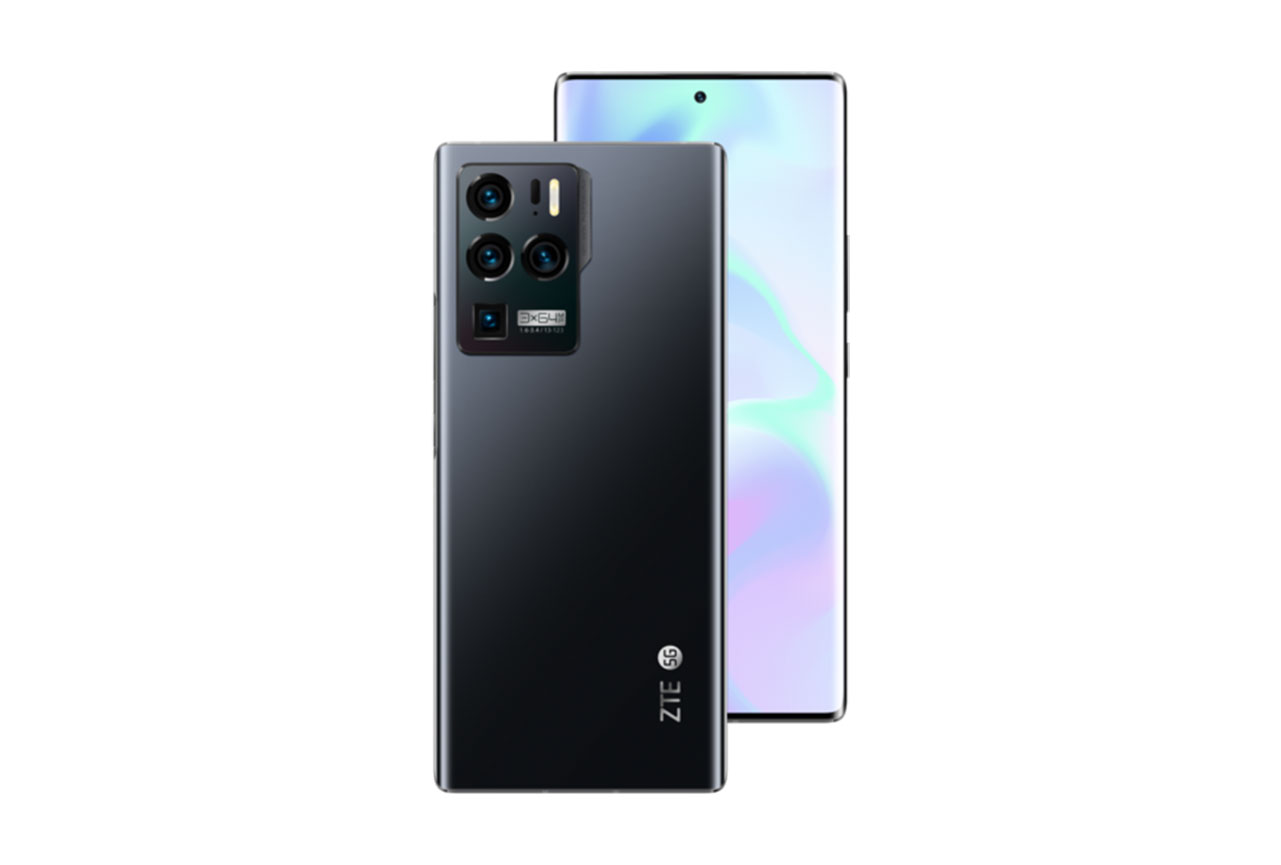
ZTE Axon 30 Ultra


Use cases & Conditions
Use case scores indicate the product performance in specific situations. They are not included in the overall score calculations.
Outdoor
Photos & videos shot in bright light conditions (≥1000 lux)
Indoor
Photos & videos shot in good lighting conditions (≥100lux)
Lowlight
Photos & videos shot in low lighting conditions (<100 lux)
Friends & Family
Portrait and group photo & videos
 162nd
162nd 39th
39thPros
- Good detail in outdoor and indoor photos and videos
- Pleasant white balance in outdoor and indoor photos
- Extended depth of field in photos
- Good detail in long-range zoom photos
- Effective stabilization in outdoor and indoor videos
Cons
- Limited dynamic range in photos and videos
- Visible noise in indoor and low light photos and videos
- Inaccurate color rendering in low light photos
- Hue shift, color quantization and ghosting artifacts often visible in photos
- Video autofocus instabilities in low light
- Ghosting, color fringing and judder artifacts visible in some videos
With an overall score of 107, the ZTE Axon 30 Ultra offers significant improvement over its predecessor, the Axon 20 5G. This was especially true in our Photo and Zoom categories, where the device’s flagship processor and quad-camera delivered very good performance. The inclusion of OIS on the main and periscope-zoom modules also enables 8K video at 30 fps with 10-bit color, as well as long-range zoom shots with very good detail rendering. Both are impressive for a device in this price segment.
Autofocus performance is also a good strength. Unfortunately some major drawbacks in video and photo performance prevented the device from scoring higher. As a result the ZTE Axon 30 Ultra ultimately ranks below many Premium devices we’ve tested.
For photos, a lack of dynamic range in all scenes is disappointing, especially when compared to its main competitors in the Premium segment. For video, the device captures good detail in the 4k/30fps footage we evaluated, but noise is often visible. Video stabilization is also fairly effective, but significant issues with autofocus and ghosting in low light affected its overall ranking.
Below you can find a detailed analysis and image samples for all Photo, Zoom, and Video sub-attributes, as well as comparisons with two of ZTE Axon 30 Ultra’s competitors, the Samsung Galaxy S21+ 5G (Exynos) and the Xiaomi Mi 11.
Photo
ZTE Axon 30 Ultra achieves a Photo score of 108. In this section, we take a closer look at each sub-attribute and compare image quality against competitors.

Exposure and Contrast
ZTE Axon 30 Ultra
69
111
In these tests we analyze target exposure, contrast, and dynamic range, along with repeatability across a series of images. Tests are undertaken in a wide range of light conditions, including backlit scenes and low light down to 1 lux. The score is derived from a number of objective measurements in the lab and perceptual analysis of real-life images.
These samples show ZTE Axon 30 Ultra’s exposure performance in a high-contrast scene.

Color
ZTE Axon 30 Ultra
90
107
In these tests we analyze color rendering, skin tones, white balance, and color shading, along with repeatability across a series of images. The score is derived from a number of objective measurements in the lab and perceptual analysis of real-life images.
These samples show ZTE Axon 30 Ultra’s color performance in an indoor setting.

Autofocus
ZTE Axon 30 Ultra
98
109
In these tests we analyze autofocus accuracy and shooting time as well as repeatability, in the lab. We test focus failures, depth of field, and tracking of moving subjects using perceptual analysis of real-life images.
These samples show ZTE Axon 30 Ultra’s depth of field in a group portrait.
In these tests we analyze texture on faces and objects, including objects in motion, in a range of light conditions, using several lab test setups and perceptual analysis of real-life images.
These samples show ZTE Axon 30 Ultra’s texture performance in the lab.

Noise
ZTE Axon 30 Ultra
69
102
In these tests we analyze noise on faces and objects, including objects in motion, in a range of light conditions, using several lab test setups and perceptual analysis of real-life images.
This graph shows the ZTE Axon 30 Ultra’s noise performance in the lab.
For these tests we switch to the camera’s bokeh or portrait mode and analyze depth estimation, bokeh shape, blur gradient, and repeatability, as well as all other general image quality attributes mentioned above. The score is derived from perceptual analysis of real-life images.
These samples show ZTE Axon 30 Ultra’s bokeh simulation and blur gradient capabilities in an indoor scene.


Night
ZTE Axon 30 Ultra
38
82
In these tests we shoot a selection of images in pitch-black darkness as well as with city lights in the background providing some illumination. We shoot sample images with the camera at default settings in both flash-auto and flash-off modes. We analyze all image quality attributes but we pay particular attention to exposure, autofocus, and color. We do not test night modes that have to be activated manually.
These samples show ZTE Axon 30 Ultra’s night performance in auto-flash mode.

Artifacts
ZTE Axon 30 Ultra
63
77
In these tests we check images for optical artifacts such as vignetting, flare, lens softness in the corners, distortion, and chromatic aberrations, as well as for processing artifacts such as ghosting and fusion errors, hue shift, and ringing.
This sample shows hue shift and color quantization artifacts in a high-contrast image.

Preview
ZTE Axon 30 Ultra
38
80
In these tests we analyze the image quality of the preview image and the differences between preview images and captured images, particularly in terms of exposure, dynamic range, and bokeh effect. We also check the smoothness of the field-of-view changes in the preview image when zooming with both buttons or when using the pinch-zoom gesture.
These samples show differences in ZTE Axon 30 Ultra’s dynamic range and contrast rendering between the preview and final image.
Zoom
ZTE Axon 30 Ultra achieves a Zoom score of 64. The Zoom score includes the tele and wide sub-scores. In this section, we take a closer look at how these sub-scores were achieved and compare zoom image quality against the competitors.

Wide
ZTE Axon 30 Ultra
32
58
In these tests we analyze the performance of the ultra-wide camera at several focal lengths from 12 to 20 mm. We look at all image quality attributes, but we pay particular attention to such artifacts as chromatic aberrations, lens softness, and distortion.
These samples show the performance of the ZTE Axon 30 Ultra’s ultra-wide camera under indoor conditions.

Tele
ZTE Axon 30 Ultra
85
140
In these tests we analyze all image quality attributes at focal lengths from approximately 40 to 300 mm, paying particular attention to texture and detail. The score is derived from a number of objective measurements in the lab and perceptual analysis of real-life images.
These samples show ZTE Axon 30 Ultra’s tele performance using a long-range zoom setting in an outdoor scene.
Video
In our Video tests we analyze the same image quality attributes as for still images, such as exposure, color, texture, and noise, but we also include such temporal aspects as speed, smoothness and stability of exposure, white balance, and autofocus transitions.
NOTE: The sample video clips in this section are best viewed at the highest resolution available.
ZTE Axon 30 Ultra achieves a Video score of 98. A device’s overall Video score is derived from its performance and results across a range of attributes in the same way as the Photo score. In this section, we take a closer look at these sub-scores and compare video image quality against competitors.

Exposure and Contrast
ZTE Axon 30 Ultra
68
118
These video stills show the ZTE Axon 30 Ultra’s video exposure performance in outdoor lighting conditions.

Color
ZTE Axon 30 Ultra
91
107
These video stills show the ZTE Axon 30 Ultra’s video color under indoor lighting conditions.

Autofocus
ZTE Axon 30 Ultra
73
109
These sample clips show the ZTE Axon 30 Ultra’s video autofocus tracking performance in low light conditions.

Texture
ZTE Axon 30 Ultra
79
99
This graph shows the ZTE Axon 30 Ultra’s video texture measurements in the lab.

Noise
ZTE Axon 30 Ultra
88
105
These sample clips show the ZTE Axon 30 Ultra’s video noise performance in a low-light scene.

Artifacts
ZTE Axon 30 Ultra
71
85
For video artifacts, we check for the same kinds of artifacts mentioned in the Photo section, along with such video-specific artifacts as frame rate variation in different light conditions, judder effect, and moving artifacts (artifacts such as aliasing, color quantization, and flare can often be more intrusive when moving than in a still image).
This video still shows ghosting artifacts.

Stabilization
ZTE Axon 30 Ultra
94
103
In these tests we analyze residual motion when handholding the camera during recording, as well as when walking and running with the camera. We also look for stabilization artifacts such as jello effect, sharpness differences between frames, and frame shift (abrupt changes of framing).
These sample clips shows ZTE Axon 30 Ultra’s video stabilization performance under indoor lighting conditions.


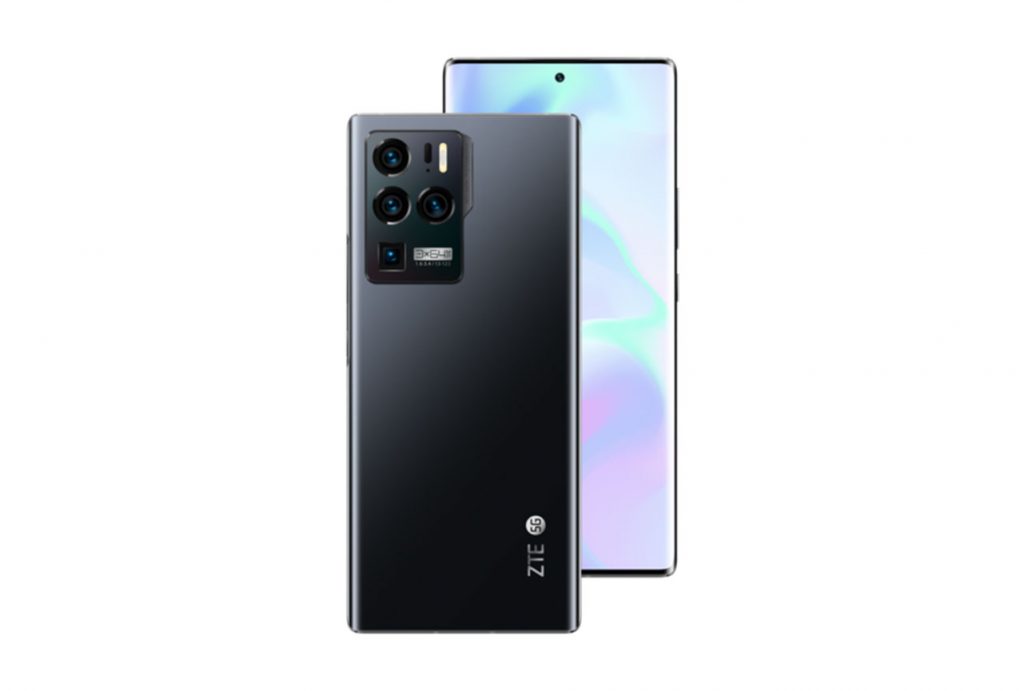
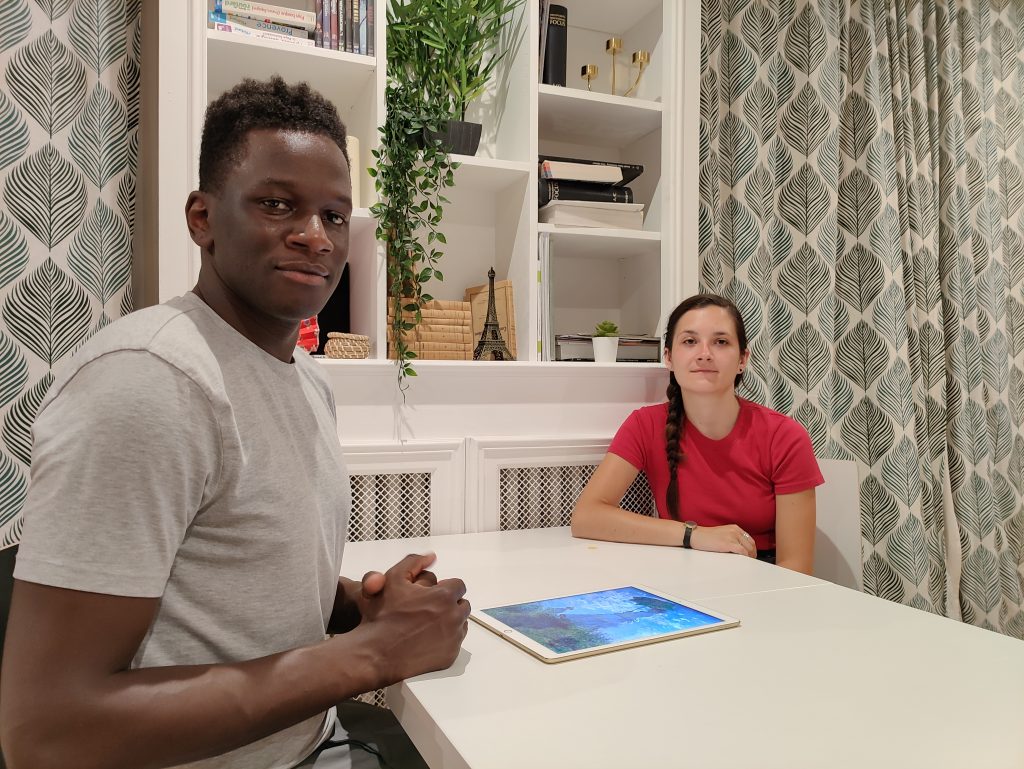
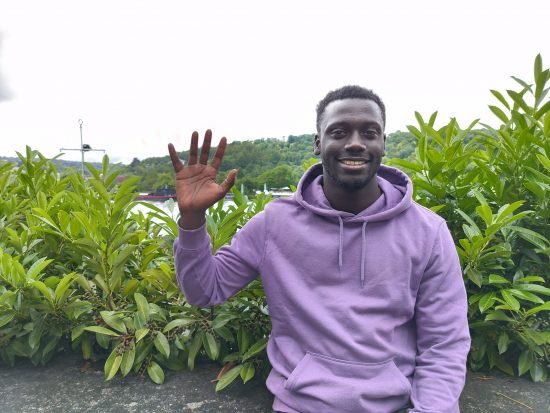


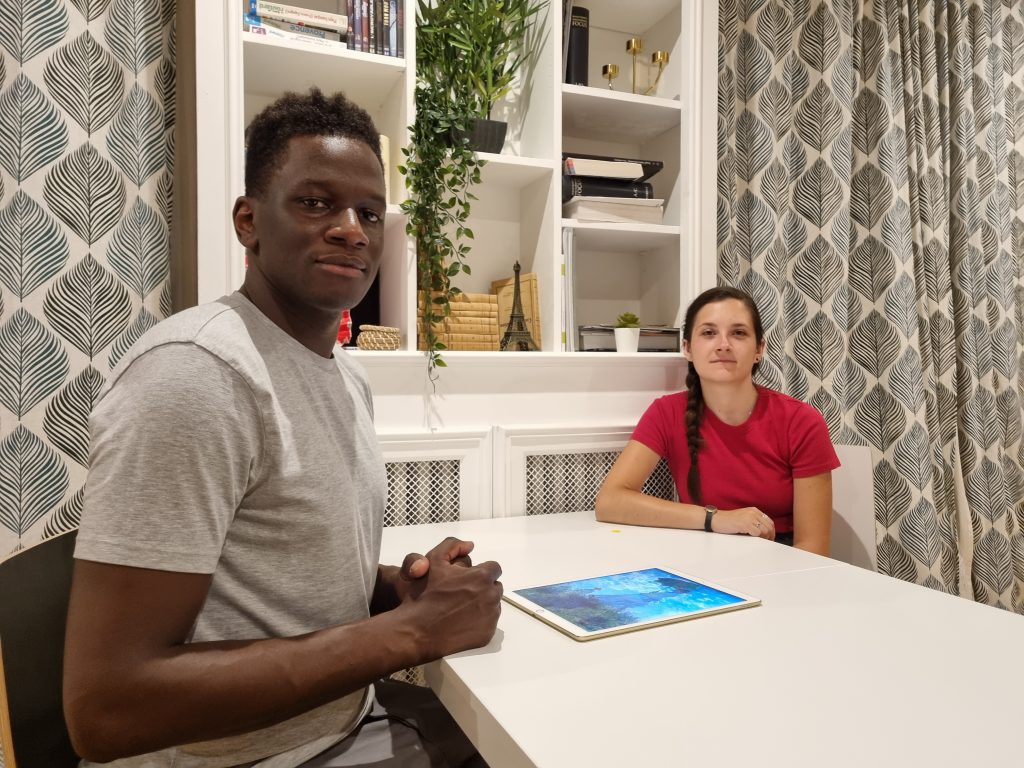
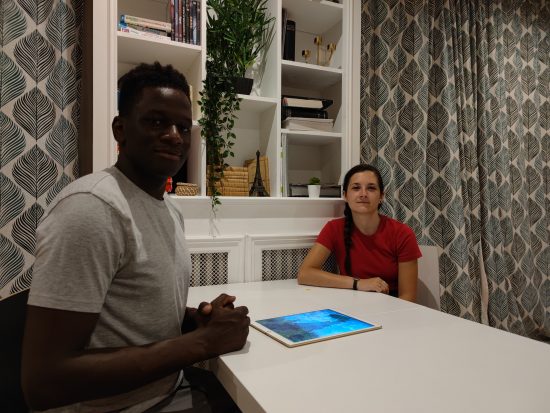



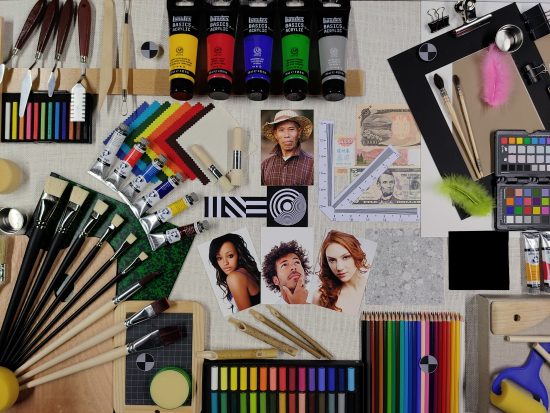
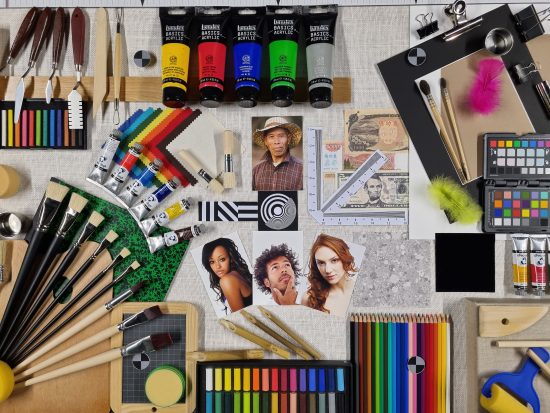

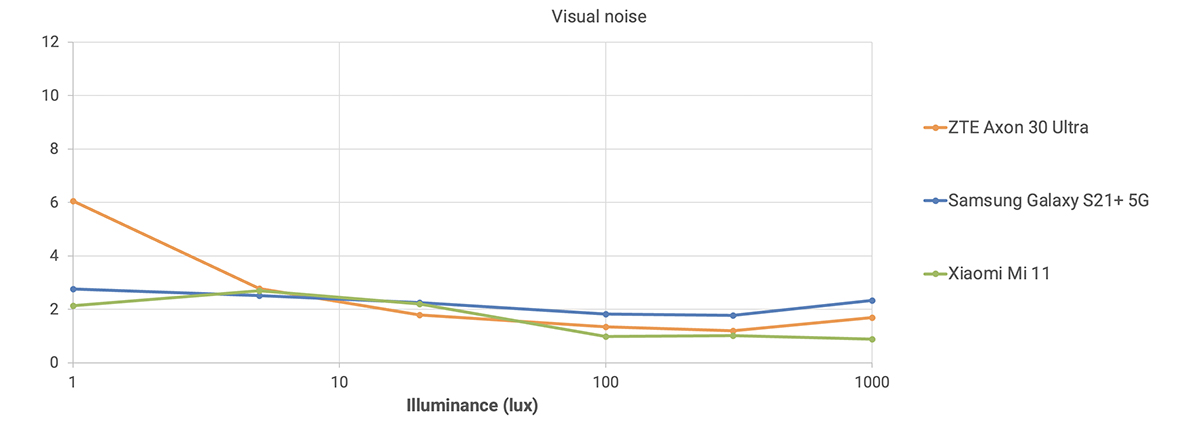






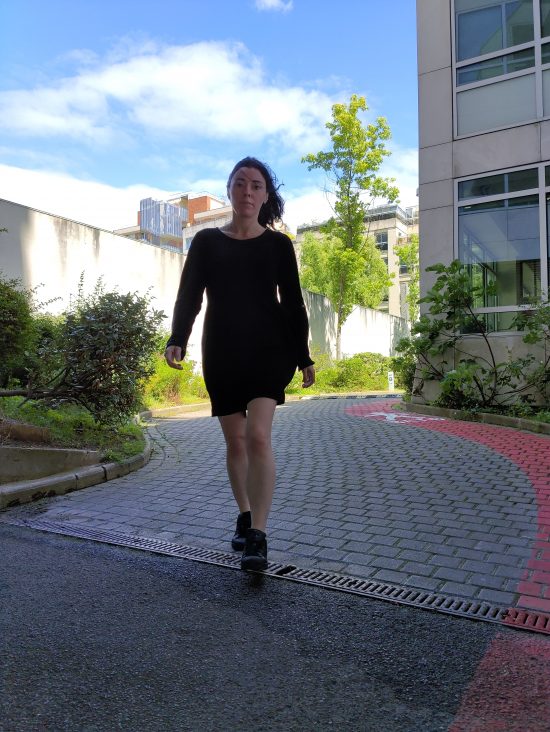
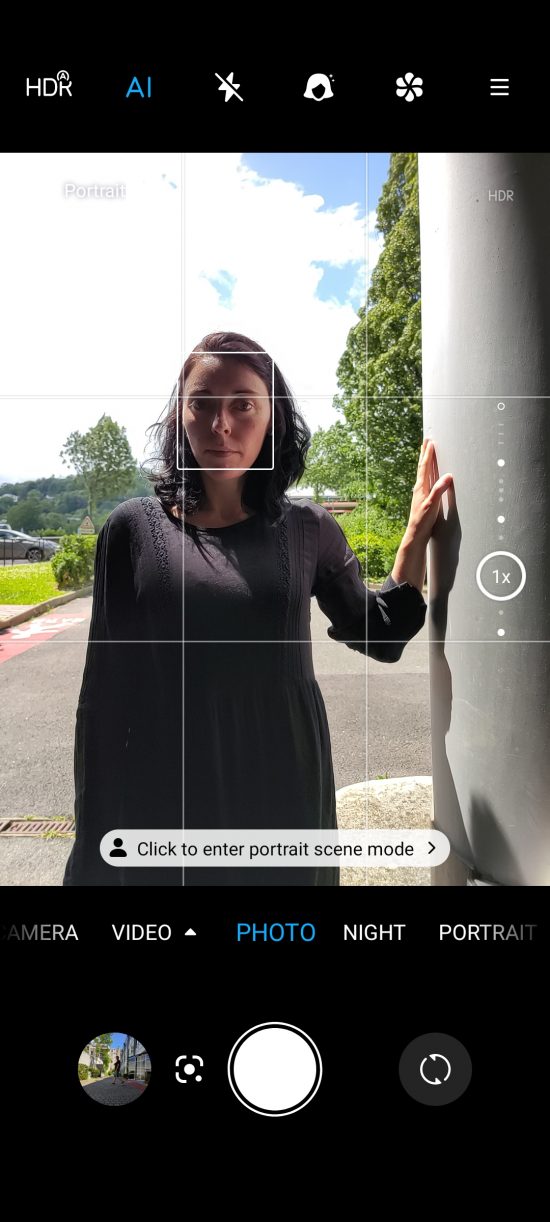

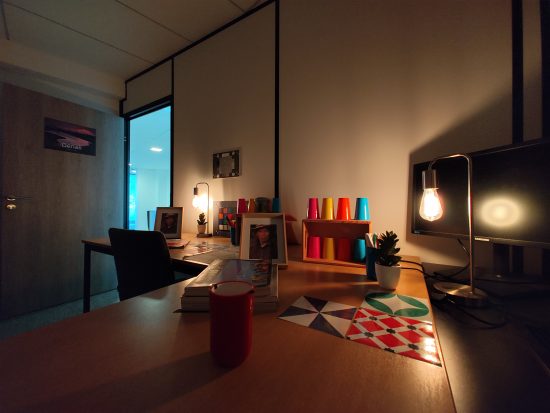
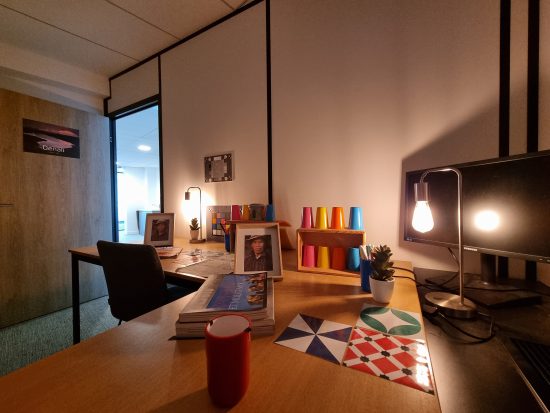
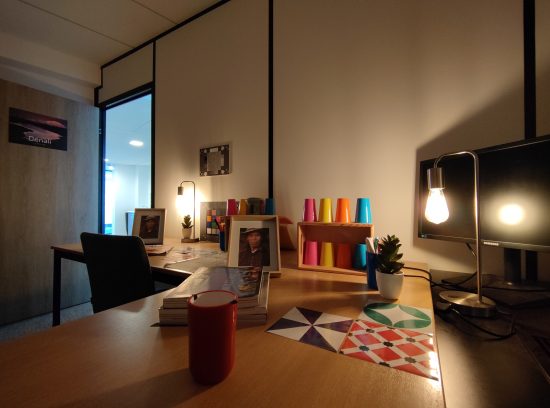






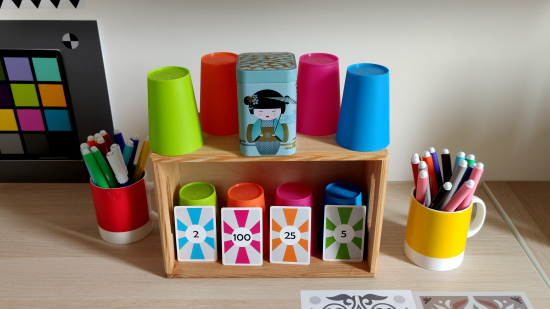
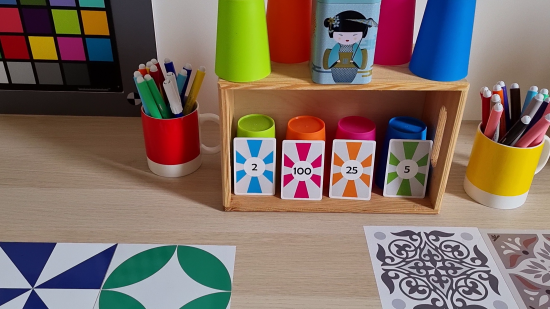
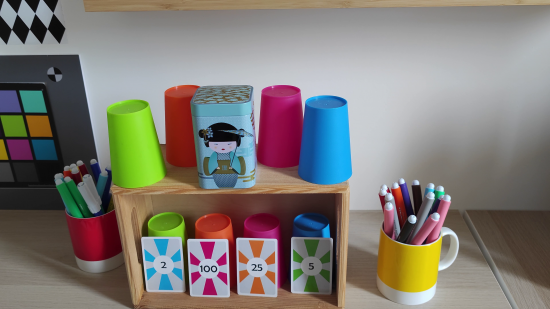
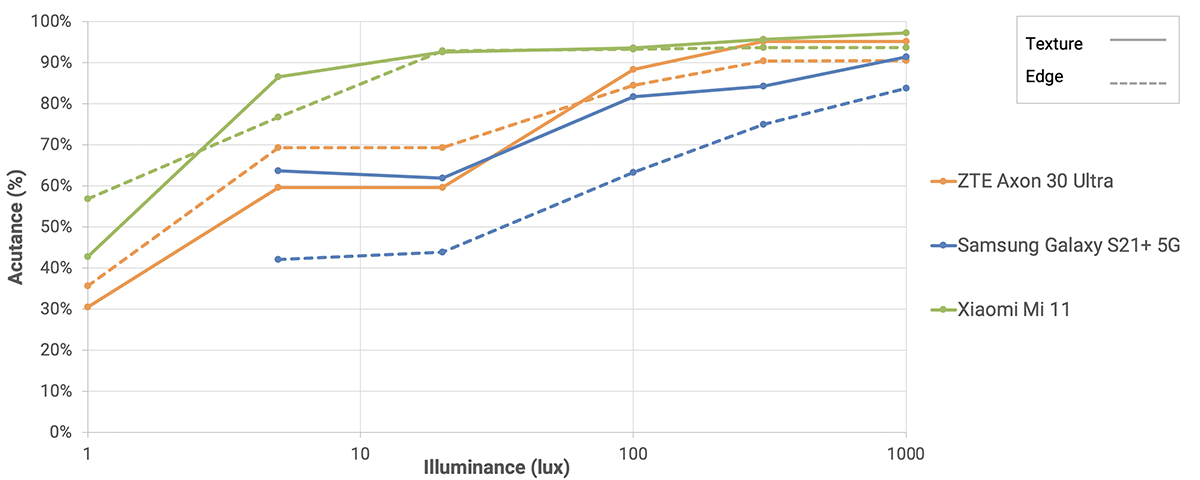
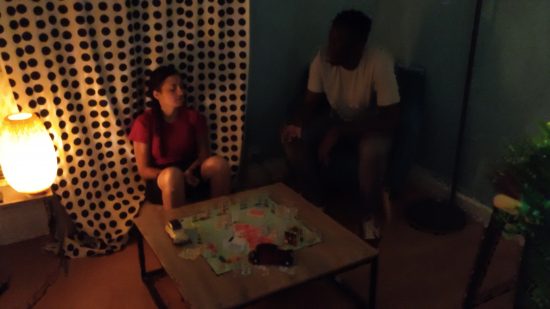
DXOMARK encourages its readers to share comments on the articles. To read or post comments, Disqus cookies are required. Change your Cookies Preferences and read more about our Comment Policy.